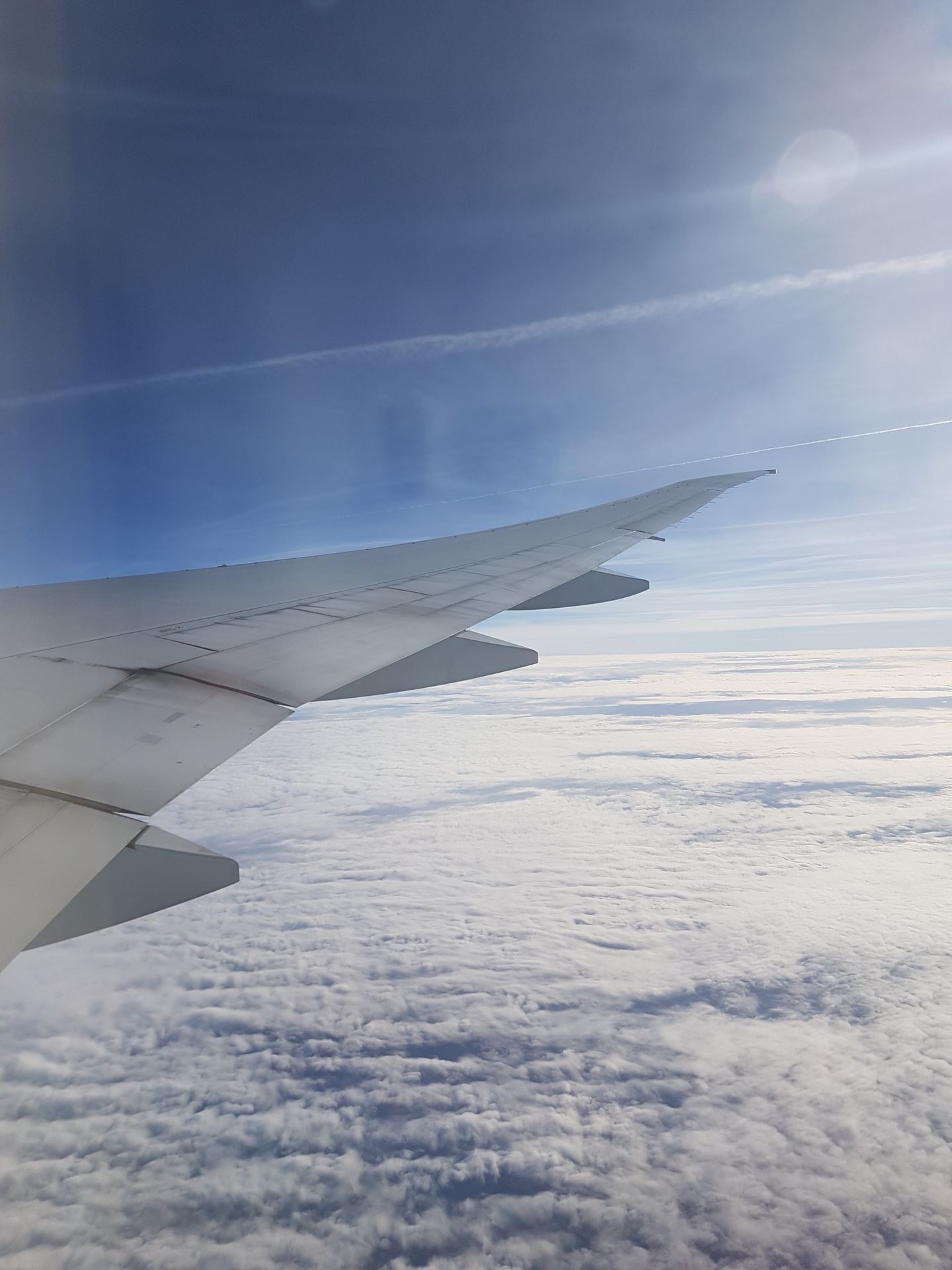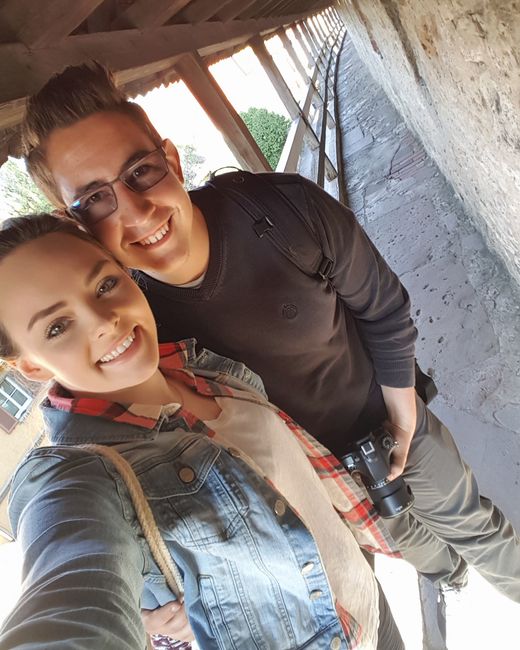23/08/2018 - 'And you wait for better weather?!'
प्रकाशित कीता: 21.09.2018
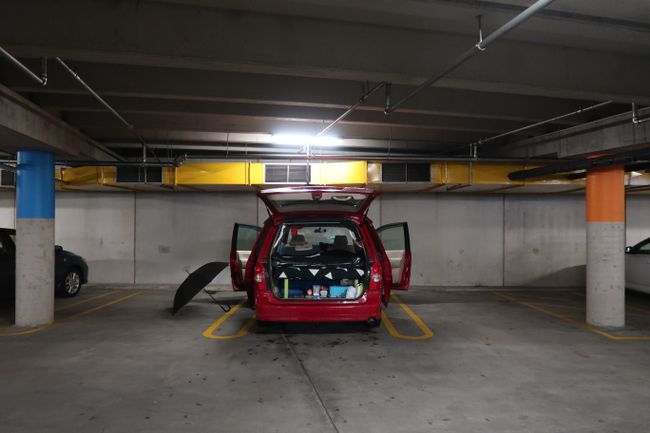
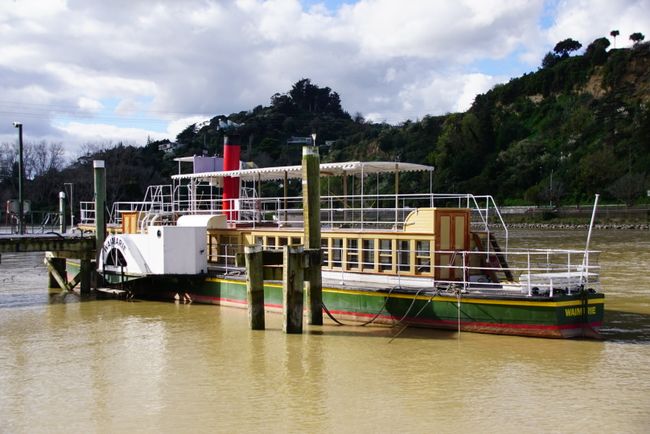
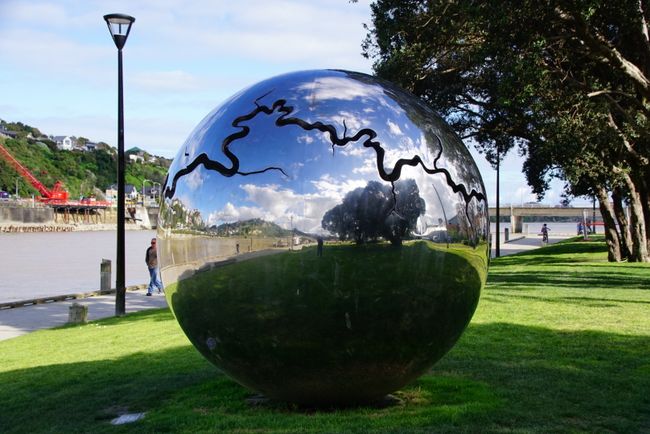
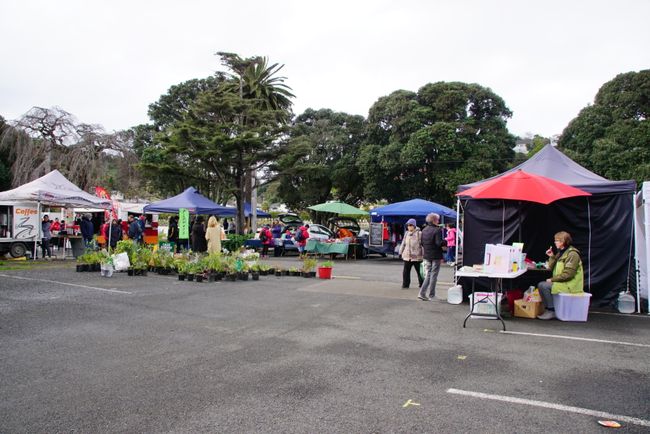
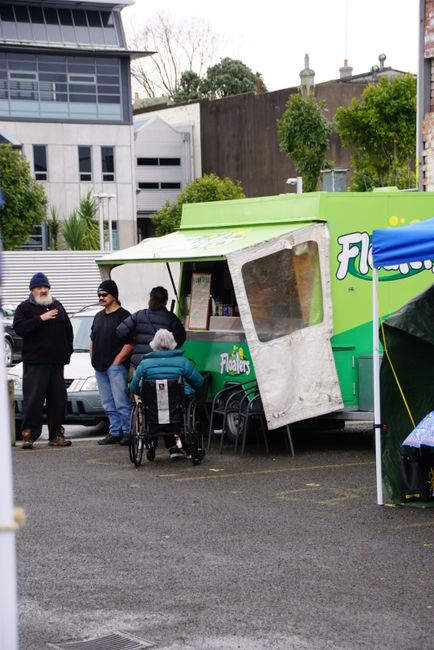
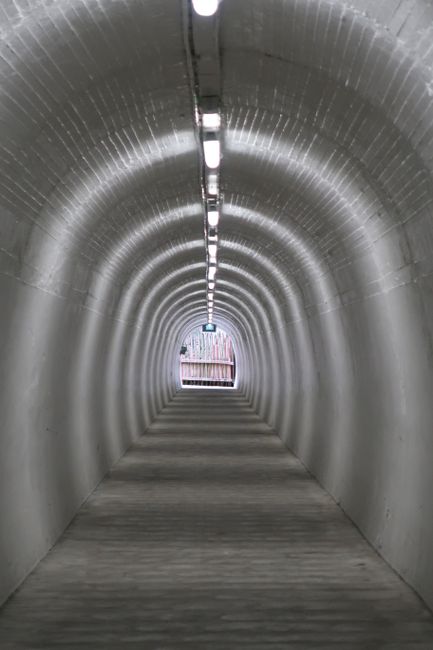
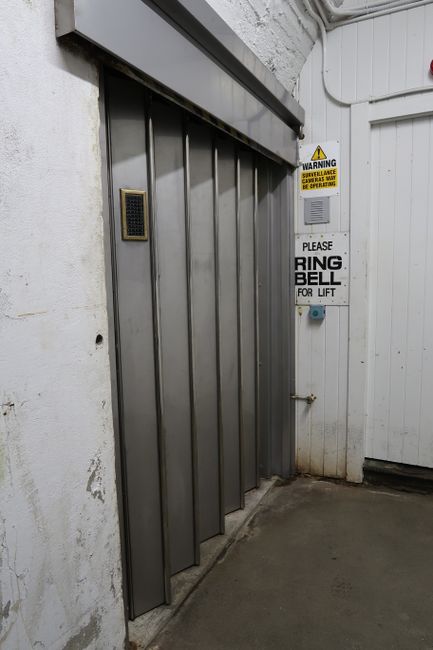
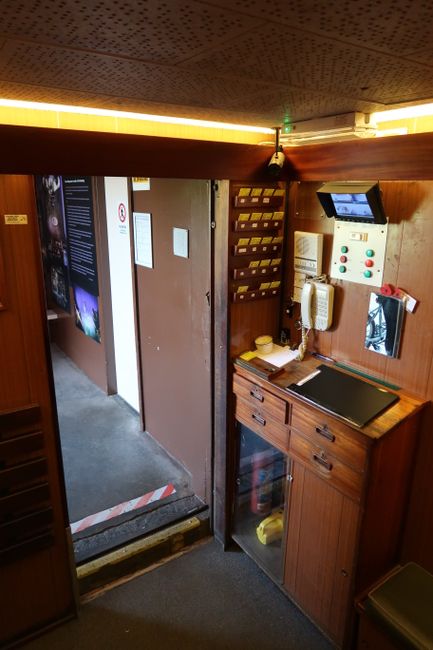
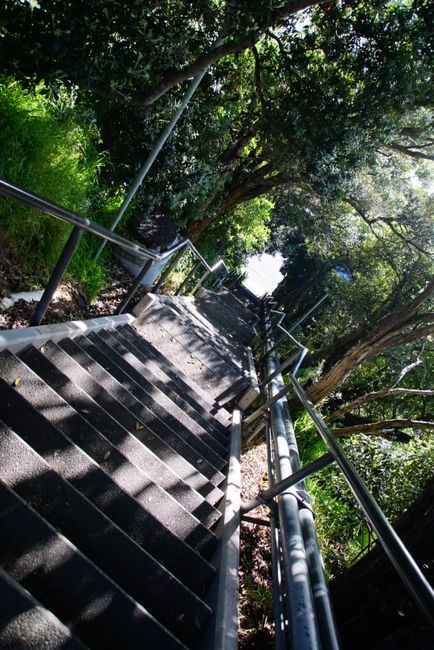
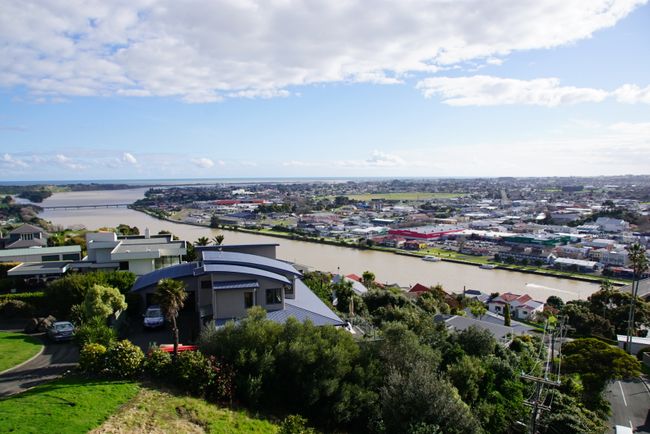
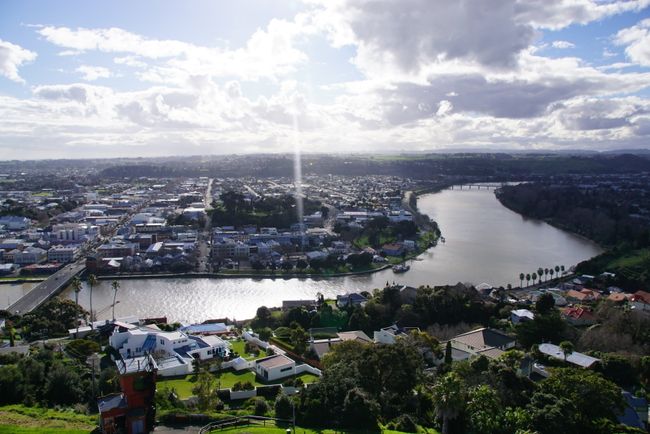
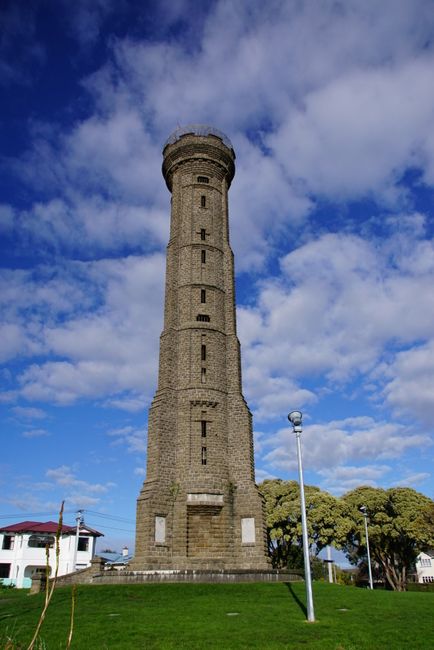
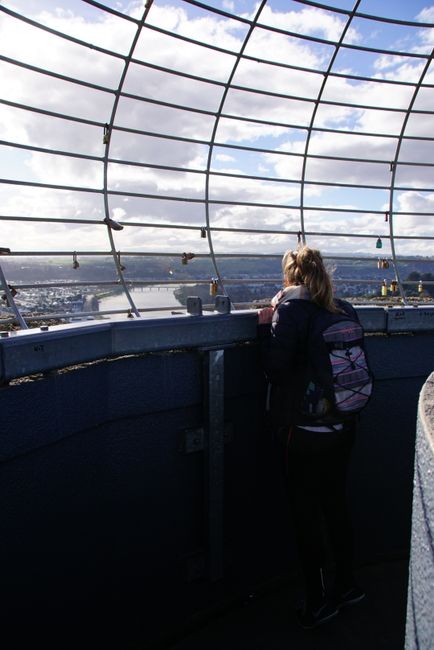
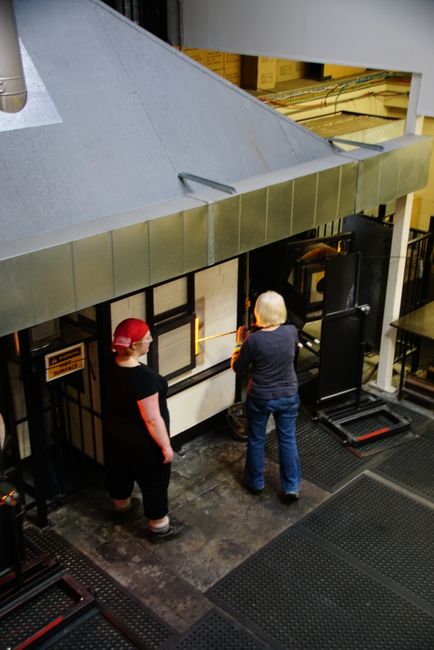
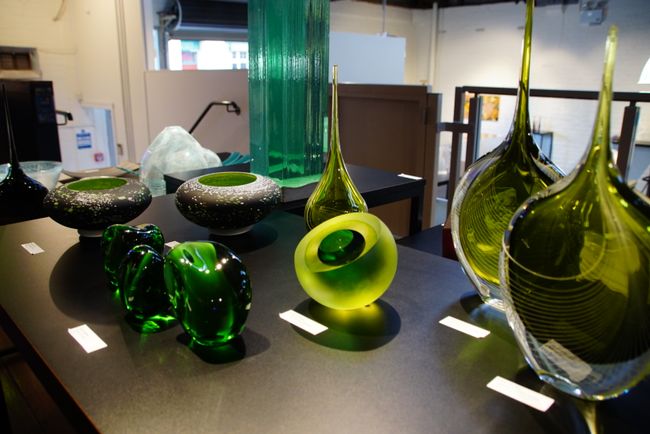
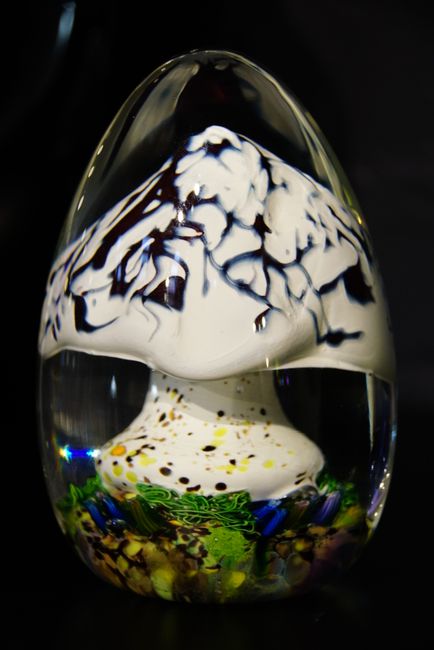
न्यूज़लेटर दी सब्सक्राइब करो
In (almost) no other city did we spend as much time as in 'Whanganui'. This was not due to the countless sights, but mainly due to the weather. Our further travel route will take us into the mountains - and we have little desire for snowfall and sub-zero temperatures at night. Apart from the fact that our car is not equipped well enough for this weather. So we spent eight days in Whanganui, took a little break from traveling around and observed the weather.
However, we weren't just lounging around. We dedicated ourselves to the blog and took a closer look at the city.
Let's start with the name. Until 2015, every resident and company was free to choose whether to write the 40,000-strong community with 'Wh' or just 'W'. Despite the regulation, you can still find the city name today, for example on maps or signs, without an 'h'. But it was not just the spelling that confused. On our journey, we learned that a 'Wh' in New Zealand is pronounced like an 'F'. Not in Whanganui. Because of a local dialect, it sounds like a 'W' here. ;)
Now that we have clarified this, there is nothing standing in the way of exploring the city. :) One cannot overlook the 'Whanganui River'. It is the only river in all of New Zealand where commercial shipping has ever been operated. From 1860, several lines operated their steamships on the water and brought tourists to the upstream 'Pipiriki'. In 1951, the last ship departed and operations were discontinued. Very little remains from that time. Only the 'PS Waimarie', which sank in 1952 and was salvaged, restored, and made seaworthy by volunteers after 41 years, can be found here. Since then, the paddle steamer has been departing every weekend to take visitors on a journey along the Whanganui River.
But for those who prefer to walk, there is a beautifully designed path along the riverbank. We also walked along this path for a while and made sure to visit the local weekly market. To our delight, the hearty winter vegetables are increasingly being replaced by lighter summer varieties. For example, a bell pepper cost a whopping $5 (€2.80) in June - now it is available for $2.80 (€1.60). Of course, we took advantage of this to cook one of our favorite dishes - bell pepper noodles. :) In addition, we also found local specialties at the small market, which immediately landed on our menu. A small, inconspicuous snack van sold freshly baked Maori 'Fry-Bread'. Together with some butter or golden syrup, we enjoyed the airy buns while overlooking the riverbank. Yummyy!
During the longer stay, we showed how crisis-tested we have become. There were many hours of rain, and yet we didn't let our mood be spoiled (well, maybe a little) and instead found ways to not sink into complete chaos. In this regard, the underground parking lot of a supermarket became our number one refuge! Here, we found shelter from the rain and managed to organize the car. That feels good!
On the other hand, we took advantage of the few hours of sunshine to explore the city's sights. Our path led us to a special kind of elevator. The 'Durie Hill Elevator' has been transporting residents and tourists to the neighborhood of the same name since its opening in 1919, which is located on a steep slope. But before you reach the elevator, you have to go through a 213-meter long tunnel. The acoustics inside were totally crazy. The echo echoed several times. When a mother and her two daughters entered the tunnel, a concert of shrill screams began. Luckily, the entrance to the elevator was not far away. We rang the bell and it took almost two minutes for an older lady to invite us into her small, quaint elevator. It cost $2 per person and took us to the 65.8-meter higher station within a minute.
The elevator is in operation 364 days a year, daily from 08:00 to 18:00. Its ropes only hang still on December 25th.
We thanked her for the bumpy ride and visited an observation deck located directly above the machine house of the elevator. From here, the city lay at our feet. We got a good overview of it and the winding river. Due to the season, the color of the Whanganui River did not shine in a beautiful green-blue, as seen on many advertisements. But a matte brown has its charm too!?
To complete our city excursion, we also climbed the 'War Memorial Tower'. In memory of deceased soldiers of the First World War, an unmistakable tower was built on Durie Hill. The 176 spirally arranged steps to the top were quickly overcome, and the view from above was as extensive as expected.
In addition to historical sights, we also got to see a modern Whanganui. The city center is full of art galleries of all kinds. The visit to a glassblowing workshop was particularly memorable for us. In 'NZ Glassworks', you can watch the artists at work! We took a seat on two bar stools and watched the hustle and bustle for a while. The artist placed her project, which hung on a long rod, in the first oven. It contained molten glass. She then shaped and colored it, created smaller bubbles or engravings before putting it back into the oven. She either coated her work with new molten glass or simply softened it to continue working on it. Totally exciting! We stayed at the workshop for a whole hour and talked to the owner. She explained the ovens to us, which are over 1,100°C hot and run 24/7. It certainly doesn't get cold here. ;) She also explained the fine differences of glassblowing and presented us with a few impressive pieces made by artists from the area in the neighboring gallery. - Using an example, she explained to us that it takes around 20 minutes and 25 years of experience to create an impressive vase!
Before we left the workshop, we asked the artist what she was working on? She was making an elaborate paperweight made up of multiple layers. Whether she succeeded will only be known the next day. It takes around twelve hours for hot glass to cool completely. Only then will she see if she managed to achieve the color gradients.
न्यूज़लेटर दी सब्सक्राइब करो
परता (2)
Wolfgang
24/7 also 31 ;-)
Tja in Neuseeland funktioniert wohl noch die Marktwirtschaft. Angebot und Nachfrage bestimmt den Preis. In Deutschland kostet Lebensmittel fast immer gleich viel. Na ja.Dominic
Von euch beiden würde ich definitiv auch einen Reiseführer kaufen :D
Toll geschrieben!
यात्रा दी रिपोर्ट न्यूजीलैंड ऐ।
